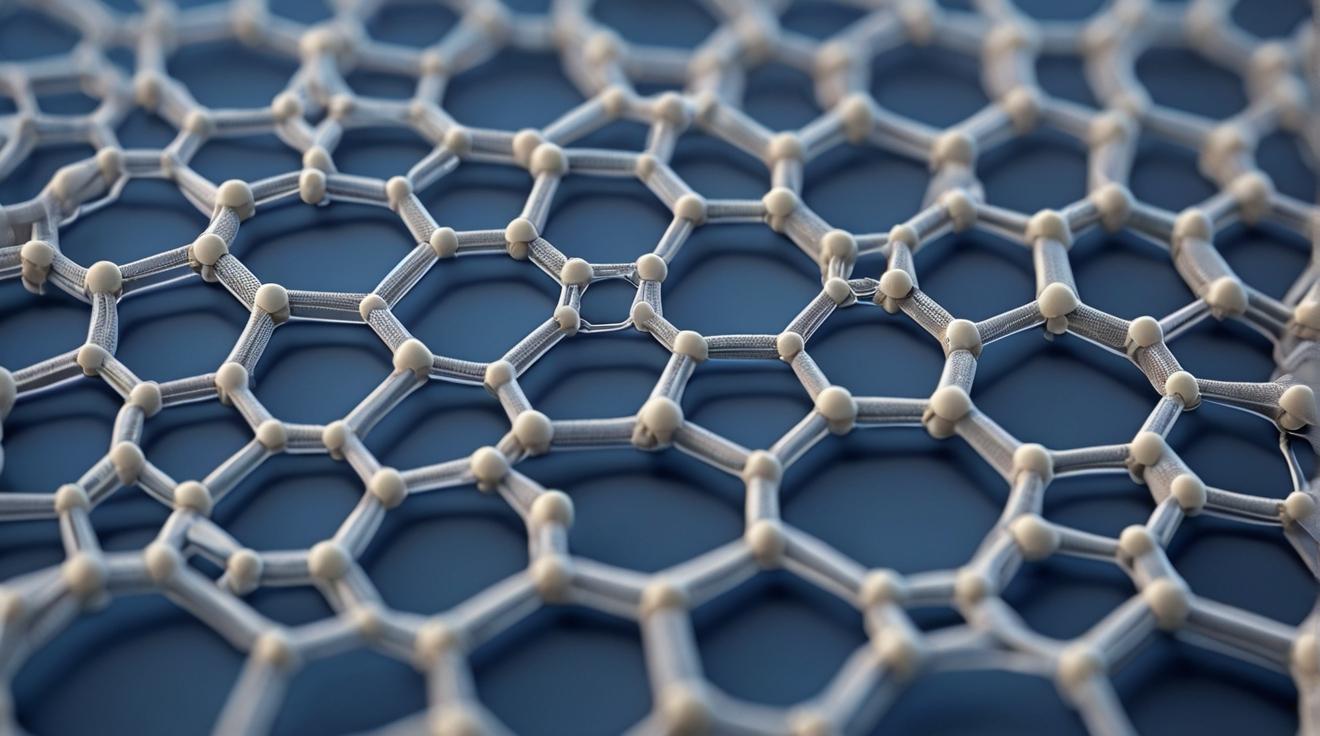Nanoporous Membranes Show Potential for Filtering Impurities from Water
Research conducted by Prof. Amir Haji-Akbari’s lab has highlighted the crucial role of nanoscale pore placement in nanoporous membranes, which have proven to be effective tools for filtering impurities from water. Published in ACS Nano, the findings have significant implications for enhanced separation processes like water desalination.
Challenges in Perfecting Nanoporous Membrane Designs
While nanoporous membranes made from materials such as graphene, polymers, and silicon have been successful in separating gas and desalinating water, achieving the ideal balance between permeability and selectivity has remained a challenge. Enhanced permeability often compromises selectivity and vice versa, especially in water desalination where the membrane needs to allow water molecules to pass while blocking small solutes and impurities.
The Role of Nanoscale Proximity in Membrane Efficiency
To optimize the performance of nanoporous membranes, researchers have been studying the chemistry and geometry of isolated nanopores. However, the impact of neighboring pores on each other has been uncertain. Prof. Haji-Akbari’s lab investigated whether fine-tuning the placement of nanopores could result in more precise and efficient membrane systems.
Surprising Deviations from Established Theories
Using computer simulations, the research team examined the effect of nanoscale proximity between pores on membrane permeability and selectivity. They compared different patterns of pore placement, including a hexagonal lattice and a honeycomb lattice. Contrary to established theories, they found that the hexagonal pattern, which allowed for more distance between pores, performed better in terms of permeability/selectivity.
Understanding the Behavior of Ions in Membranes
The findings provided insights into how nanoscale proximity influences the movements of certain ions through membranes. The researchers observed that certain ions accelerated while others decelerated, shedding light on the correlations in charged multipore systems. This knowledge can guide the design of nanoporous membranes for improved separation processes, such as water desalination.
Future Applications and Implications
Prof. Haji-Akbari’s lab’s research has the potential to advance nanoporous membrane design significantly. Understanding the impact of nanoscale pore placement on performance can help scientists develop more efficient membranes for various applications, including water desalination. These insights could contribute to addressing global challenges related to water scarcity and pollution.
Analyst comment
Positive news. The research demonstrates the importance of nanoscale pore placement in nanoporous membranes for enhanced separation processes like water desalination. Fine-tuning pore placement can optimize membrane performance. This insight can lead to more efficient membranes for various applications, addressing global challenges related to water scarcity and pollution.













